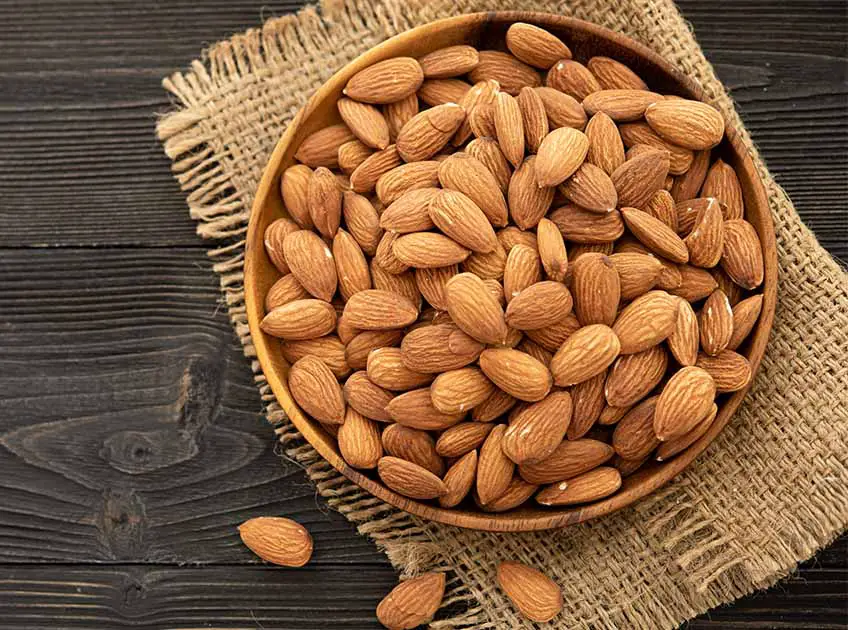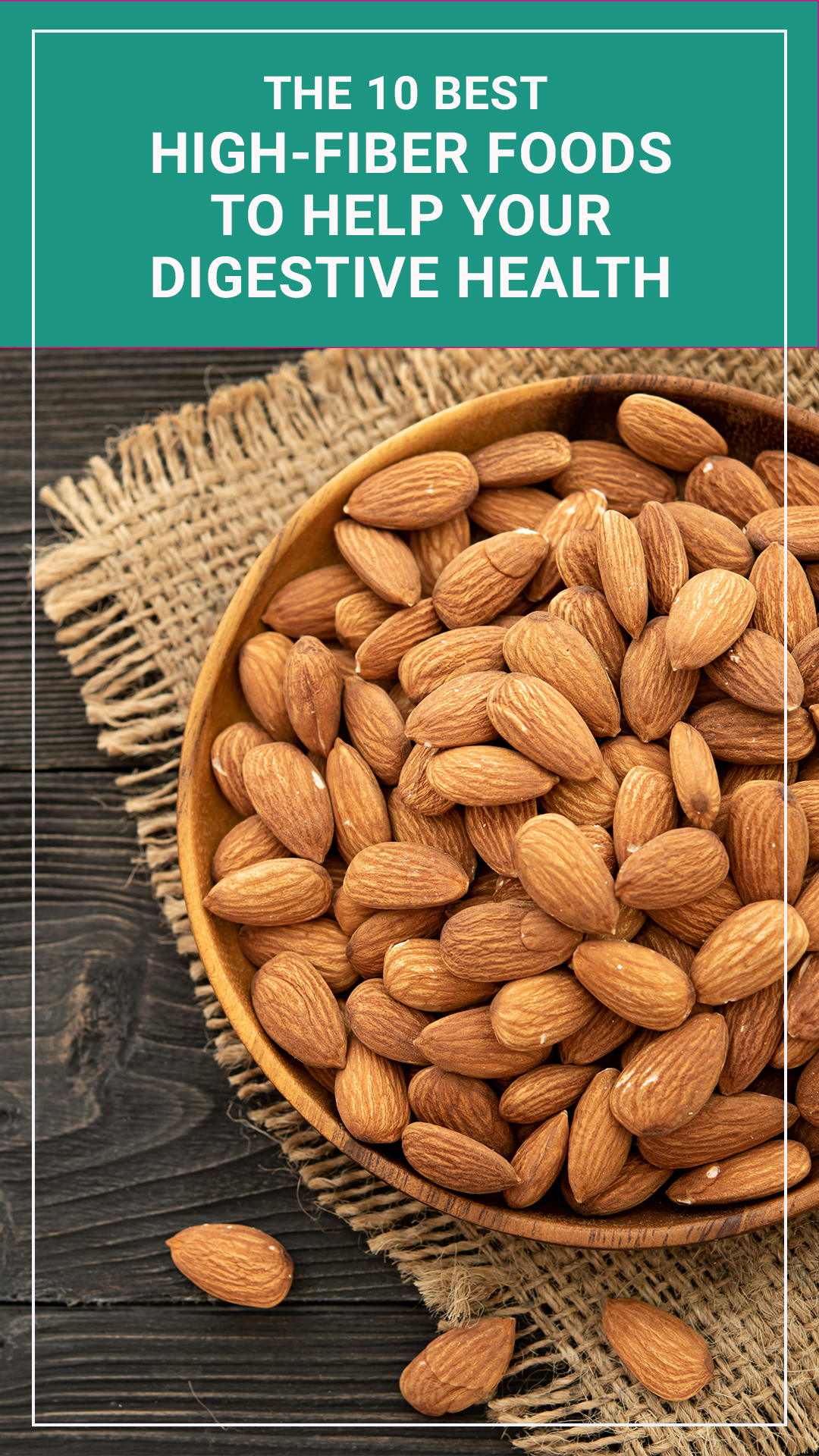
Important: This article is for informational purposes only. Please read our full disclaimer for more details.
Dietary fibre is an important part of a healthy diet. It is a type of carbohydrate that the body cannot digest. Dietary fibre is found in plant foods, such as fruits, vegetables and whole grains.
There are two types of dietary fibre: soluble and insoluble. Soluble fibre dissolves in water to form a gel-like substance. This type of fibre can help to lower blood cholesterol levels and blood sugar levels. Insoluble fibre does not dissolve in water and helps to add bulk to the stool. This type of fibre can help to prevent constipation.
10 High Dietary-Fiber Foods to Help Your Digestive System
1. Fruits

Fruits are a good source of soluble fibre. Soluble fibre can be found in the skin and flesh of fruits. Fruits that are high in soluble fibre include apples, oranges, pears and strawberries.
2. Vegetables
Vegetables are a good source of both soluble and insoluble fibre. Soluble fibre can be found in the flesh of vegetables, while insoluble fibre is found in the skin and seeds. Vegetables that are high in dietary fibre include broccoli, carrots, peas and spinach.
3. Whole Grains

Whole grains are a good source of both soluble and insoluble fibre. Soluble fibre can be found in the bran of whole grains, while insoluble fibre is found in the germ and endosperm. Whole grains that are high in dietary fibre include oats, brown rice and quinoa.
4. Legumes
Legumes are a good source of soluble and insoluble fibre. Soluble fibre is found in the flesh of legumes, while insoluble fibre is found in the skin and seeds. Legumes that are high in dietary fibre include beans, lentils and chickpeas.
5. Nuts
Nuts are a good source of insoluble fibre. Insoluble fibre is found in the skin and seeds of nuts. Nuts that are high in dietary fibre include almonds, Brazil nuts and walnuts.
6. Seeds
Seeds are a good source of insoluble fibre. Insoluble fibre is found in the outer layer of seeds. Seeds that are high in dietary fibre include flaxseeds, chia seeds and pumpkin seeds.
7. Popcorn
Popcorn is a good source of insoluble fibre. Insoluble fibre is found in the hull or shell of popcorn. Popcorn that is popped without any added fat or salt is a healthy snack option.
[ Read: 25 Healthy Low Calorie Snack Ideas ]
8. Dried Fruit
Dried fruit is a good source of soluble fibre. Soluble fibre is found in the flesh of dried fruit. Dried fruit that is high in dietary fibre includes raisins, apricots and prunes.
9. Coconut
Coconut is a good source of insoluble fibre. Insoluble fibre is found in the flesh and skin of coconut. Coconut that is shredded or flaked is a healthy addition to many recipes.
10. Pop Corn
Popcorn is a good source of insoluble fibre. Insoluble fibre is found in the hull or shell of popcorn. Popcorn that is popped without any added fat or salt is a healthy snack option.
Dietary fibre is an important part of a healthy diet. It is found in plant foods, such as fruits, vegetables and whole grains. There are two types of dietary fibre: soluble and insoluble. Both types of dietary fibre have health benefits. Including foods that are rich in dietary fibre in your diet can help to improve your overall health.
Image Credit: freepik
You Might Also Like
- 10 Healthiest Whole Grain Foods You Need in Your Diet
- 10 Foods Are High in Insoluble Fiber
- 10 Foods That Are High in Vitamin K2
- The 10 Healthy High-Fiber Foods to Add to Your Diet
- 5 Health Benefits of Broccoli For Babies
- 15 Best Foods to Boost Your Metabolism
- 10 Foods That Are High in Niacin
- 10 Best Foods For Constipation
- 10 Best Foods for Nail Growth and Strength
- 10 Best Foods To Eat When You Have ADHD
















